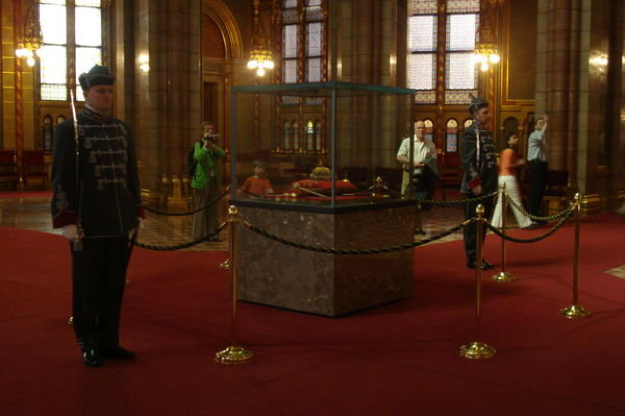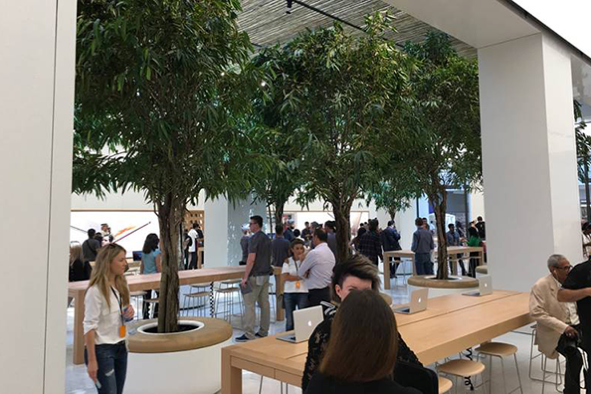Experiential Marketing
The Psychology Of Experiential Marketing And Why It Works
“So, tell me about this pathological desire you have to buy things after you’ve touched them, then? Have you been doing it for a long time?”
Time to lie down on the psychologist’s couch and dissect the reasons why immersive brand activations really do sell the product. The psychological effects of such Experiential Marketing activity are remarkably intense.
They highlight why this modern wave of experience and product immersion are rapidly becoming the norm for many brands.

Gone are those days of displaying products in cases for all to see.
Gone are those days of displaying products in cases for all to see. Brands now realise that their potential audience needs to ‘interact’ with the product, to become one, to stroke it, caress it, hold it, get biblical with it, in a non Jesus-like way. In terms of psychology, we all know that touch can create strong connections between people and products. Physically holding products can create a sense of psychological ownership. And this psychological advantage of touching something is highly evident in modern Experiential Marketing techniques. By touching something – you create love and a bond with it. And more often than not, when you touch it, you buy it. “Sold to the label-obsessed lady lying on the psychologist’s couch!”
Brands once thought the key moment in their relationship with the consumer was the point of purchase, but we now know, in fact, there are THREE key moments:
• When they experience the brand first-hand
• When they buy the brand
• When they talk about the brand and share it with friends
There’s no doubt that technology cuts across all three of these moments to create a Perfect Storm for brand awareness, especially in Experiential Marketing terms. But, it is still fair to say that the traditional, old school approach of physical immersion on a real level can have you reaching for your dollar-laden wallet too. It’s all about creating that indisputable, unbreakable bond between your brand and the consumer. That sweet spot where they realise that their life would be so dull, so quiet, so ‘unliveable’ without your brand in it. They would rather throw themselves off the Floor 5 escalator at Westfield, than live without it.
Some retailers who shine in this particular realm transport the customer to another place, another time, another (much better) experience. These brands which can indeed embrace the theming of products and do it really well, do so by creating a full 360 degree lifestyle for the customer. IKEA sets up rooms that you (sort of) want to live in; you go to buy a cushion and you come home with the sofa, side table, rug and lights from that particular ‘Life Set’ too.

Some retailers who shine in this particular realm transport the customer to another place, another time, another (much better) experience.
Pottery Barn is another example. They’re pretty good at creating rooms or party-inspired sets where people slip into that organza and glittery fantasy of what their life could be if they had that bedcover, those bowls, that pillow set – and kerching ding ding – Brands 1, Consumer Nil.

Research has shown that the more people touch things, the more likely they are to buy them.
Research has shown that the more people touch things, the more likely they are to buy them. This means throwing out the idea of a perfectly aligned, OCD-inspired Experiential Marketing activation, and instead thinking of kicking the consumer (in a nice, friendly way) head-first into the mud and dirt and full enclosed touchy-feeliness of your product, to create that bond.
This idea seems to have created a shift in some smart retailers’ push to move product from those Crown Jewels-style display cases and into customers’ hands. Witness the Apple Store, for example. Everything there creates a ‘lifestyle’ for you – a way for your life to be fun, easy, connected, interesting – AND healthy and natural – some stores have trees growing through them. Oh yes, perfectly natural – all that chrome and the wifi and those buzzing, fizzing waves. But it gives consumers the feeling that it’s balanced, harmonious, they’re helping the environment as well as themselves by buying Apple products. Yin and Yang. Cause and effect. Om Namaste.

Witness the Apple Store, for example – everything there creates a ‘lifestyle’ for you.
There are many studies out there on the psychological effects of experience driving customer decisions to purchase. It’s an area of much deep study, not least because it fuels our capitalist world. I personally feel one of the most important and sometimes slightly overlooked elements on ‘finding’ and sculpting your Experiential Marketing campaign is this: Knowing Your Audience—really knowing them. Looking beyond demographics like age, income and media consumption to find out what gets them excited? What worries them? What do they talk to their friends about? Why and how would they use your brand, and why would they love it if you provided them with a fully immersive experience with it? Only then can you begin to truly create that experience that will bond your brand with them – like an indelible tattoo. Forever and ever. Amen.

